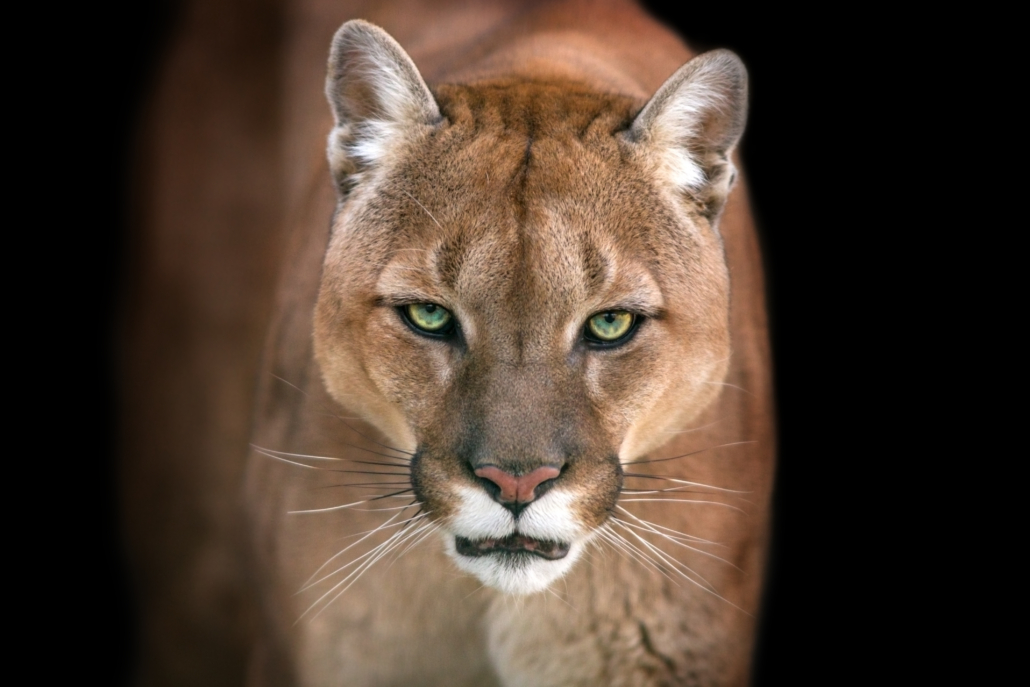I’ve been following The Narwhal and its journalism for several years now. Positioned as a grassroots, independent, investigative outlet, it initially struck me as a welcome voice in environmental reporting. But over time, I’ve come to view it quite differently.
Their recent article on cougar management decisions in Alberta offers a striking example. Based on documents obtained via a Freedom of Information (FOIP) request from the Alberta government, the piece claims to reveal hidden truths. But after combing through the same FOIP materials, I simply don’t see the story they’ve tried to craft.
Instead, it appears that The Narwhal selectively stitched together isolated excerpts from emails, using loaded language—terms like “scrambling,” “substantial,” and “quietly changed”—to suggest controversy where there may be none. These words aren’t chosen for their clarity; they’re meant to stir emotion. That’s not objective journalism—it’s narrative engineering.
The FOIP documents paint a far less scandalous picture: regular, back-and-forth dialogue among government departments leading up to a decision. In some cases, it looks to me like the outlet misattributes quotes or includes statements that I couldn’t locate in the documents at all.
The suggestion that “science” is being systematically ignored in Alberta’s wildlife decisions also oversimplifies a far more nuanced reality. North American wildlife management isn’t dictated by published research studies alone—it’s a blend of biology, ancillary data sets, multiple lines of evidence, social science, public policy, and practical experience of government biologists. Decisions about quotas reflect this complexity.
Take cougars, for instance. The non-resident quota for outfitters hasn’t changed in years. A past policy shift had reduced the female portion of the resident hunter quota. A recent move simply restored it to earlier levels. Yet The Narwhal spins this as a “substantial” increase—a framing that suggests underhanded motives without supporting facts.
Then there’s the political angle. The cougar anti-hunting narrative in Alberta seems to suggest one political party is better than the other. But this doesn’t hold up. Under the previous NDP government, cougar quotas were high. Conservation officers were forced to kill more problem cougars than they do under the current UCP administration. Painting either party as definitively “bad” for cougar conservation ignores the data.
It’s also important to remember that quotas do not equal kills. In most years, harvest numbers have been less than the allowed quota. And despite a century of cougar hunting, Alberta’s cougar population continues to grow and expand into new areas. That’s strong evidence that hunting, under current framework, hasn’t harmed the species’ survival.
Want a true pulse on cougar behavior and population health? Talk to houndsmen. These individuals often know more about local cougar dynamics than any data chart can reveal.
The Narwhal’s sub headline says it all: “Cougar hunt changes were made after consulting with hunting groups, not conservationists.” This reflects a bias. Hunters are routinely painted by anti-hunting groups as separate from conservationists. In truth, the two are often one and the same.
It’s no wonder, then, that certain hunting organizations declined to speak with The Narwhal. When you build a reputation for twisting FOIP records and showing contempt for hunters, trust doesn’t come easily.
Case in point: the outlet dredged up a long-resolved ethics issue around Minister Todd Loewen—tabloid tactics at best. It’s beneath an organization that claims to champion journalistic integrity.
Their recent article on black bears in Ontario follows a similar pattern. While it rightly highlights the need for better attractant management to reduce human-bear conflicts, it also leans on a myth—that bears routinely “stash” their cubs, leaving hunters unaware they’re shooting mothers. That behavior doesn’t align with typical bear biology. When Ontario launched its spring bear hunt pilot, 100% of hunters followed the rule prohibiting harvests of cub-bearing females. The data disproved the anti-hunt lobby’s main talking point.
So, here’s my advice: the next time you read an article from The Narwhal, read it critically. Ask yourself whether it’s truly independent investigative journalism—or just another engineered narrative. And if it is the latter, consider what the agenda might be.
Cover photo © credit: kwadrat70 / Adobe Stock
